With the release of the AC75 class rules in 2018, a new era of sailing begen, and the engineering and sailing techniques required to "fly" an AC75 took on a whole new dimension.
At the 36th America's Cup in 2021, the AC75 proved its uniqueness and innovation, keeping fans around the world glued to their broadcast screens.
On November 15, 2021, eight months after Emirates Team New Zealand successfully defended the 36th America's Cup, the latest AC75 "Version 2" was unveiled.
The foiling monohull boat to be used in Barcelona in 2024, will have improved performance in light winds and the rules have been partially adjusted to reduce the number of crew from 11 to 8.
The AC75 is 75 feet long and 16 feet wide - but the key is its light weight. This is because the AC75 is designed to fly. And unlike other yachts, the AC75 is not balanced by a keel, but by a new concept. Instead of a keel, foil cant system is introduced, which operates under or outside the boat to provide the leverage needed to maintain balance.
Technology
Flying yacht
No longer a yacht - AC75 boat
The most cutting-edge technology in today's America's Cup is foiling. Foiling is a revolution that has taken whirlwind of innovation in the water sports world, and it continues to play a revolutionary role in the current America's Cup. This technology creates awesome machines that can reach speeds of up to 100 kilometers per hour over the ocean.
You have probably seen foiling because it is used on hydrofoil boats. Nowadays, foil surfing is also popular. This is surfing with a hydrofoil, a submersible wing, attached to the bottom of the surfboard. It uses the same principle as hydrofoils, where the bottom of the boat is lifted up by the lift generated by the hydrofoils as the boat accelerates. By separating the bottom of the boat from the sea surface, the resistance between the boat and the sea surface is reduced, and the power is efficiently converted into propulsion.
The America's Cup boats are even faster than the high-speed ferries powered by 10,000-horsepower gas turbine engines, which are used in hydrofoil boats to sail CFRP hulls at speeds of 50 knots or more, so the power of nature and human technology is awe-inspiring!
Foiling yacht flying to another level

Only one yacht is allowed to be built, the latest yacht incorporating each team's top secrets
The parts of the new boat will be supplied to some extent to the same standard--the mast, rig, foil cant arm, and their hydraulics are all standard components. However, there are still many areas where designers can experiment and improve to find race-winning advantages.
A really interesting feature of the ship's underwater area is the foil cant system. This is a battery-powered hydraulic power unit that provides the energy to lift the very strong and heavy foil cant arm. In the past, the power was generated by handles, but with the new AC75, the power is supplied by pedals. This has made it possible to reduce the number of crew members from 11 to 8.
When the boat changes tack, the foil cant system is activated, leaving one underwater wing in the water and lifting the other, whose weight acts as ballast. At the end of the arm is the team's best-kept secret: the foiling wing. Except for the basic rules governing dimensions and weight, the foiling wing is open territory for the designers. The curved wingtips on airplanes, which is similar to foiling wings, are an application of this technology, which has led to a dramatic increase in the performance of airplanes.
Teams are only allowed to build one AC75, so everyone is looking forward to seeing whether new innovations have been introduced or whether teams have emulated and adapted the design technology of previous winners.

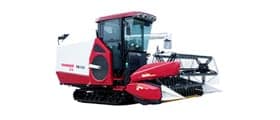 农业
农业
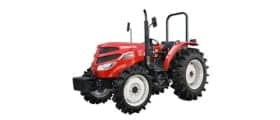 拖拉机
拖拉机
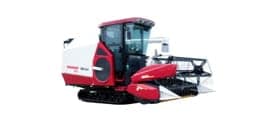 收割机
收割机
 插秧机
插秧机
 自走式水稻直播机
自走式水稻直播机
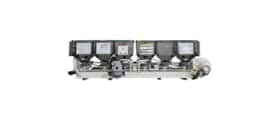 选配装置
选配装置
 蔬菜移栽机
蔬菜移栽机
 施肥机
施肥机
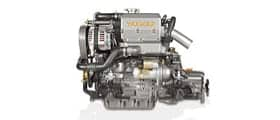 中小型船用发动机
中小型船用发动机
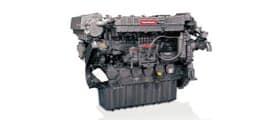 大型船用发动机
大型船用发动机
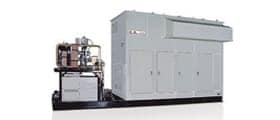 发电机及空调
发电机及空调
 建机
建机
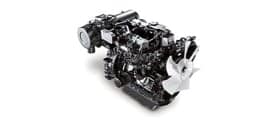 小型工业发动机
小型工业发动机
